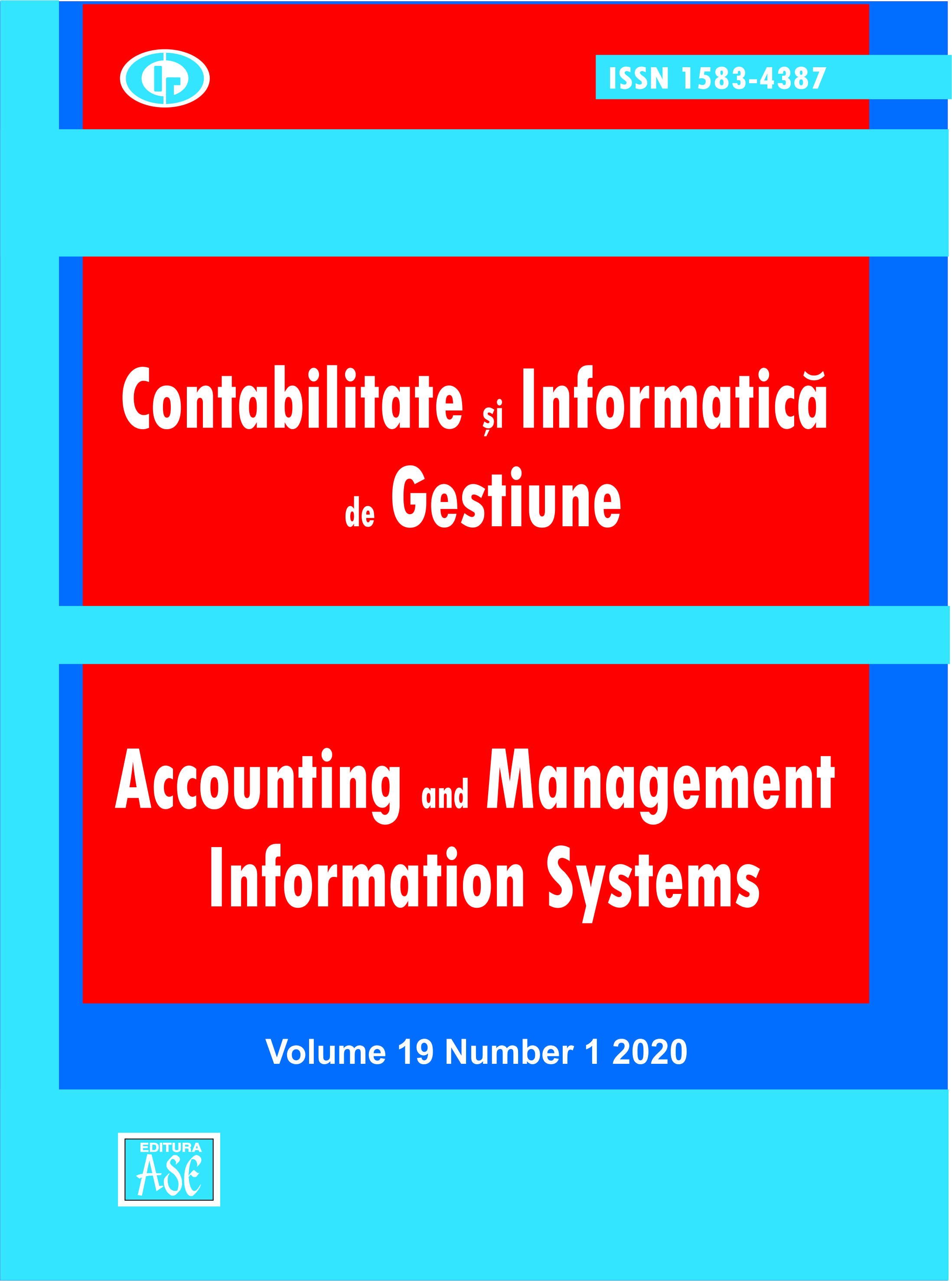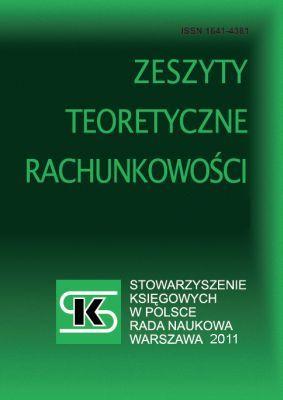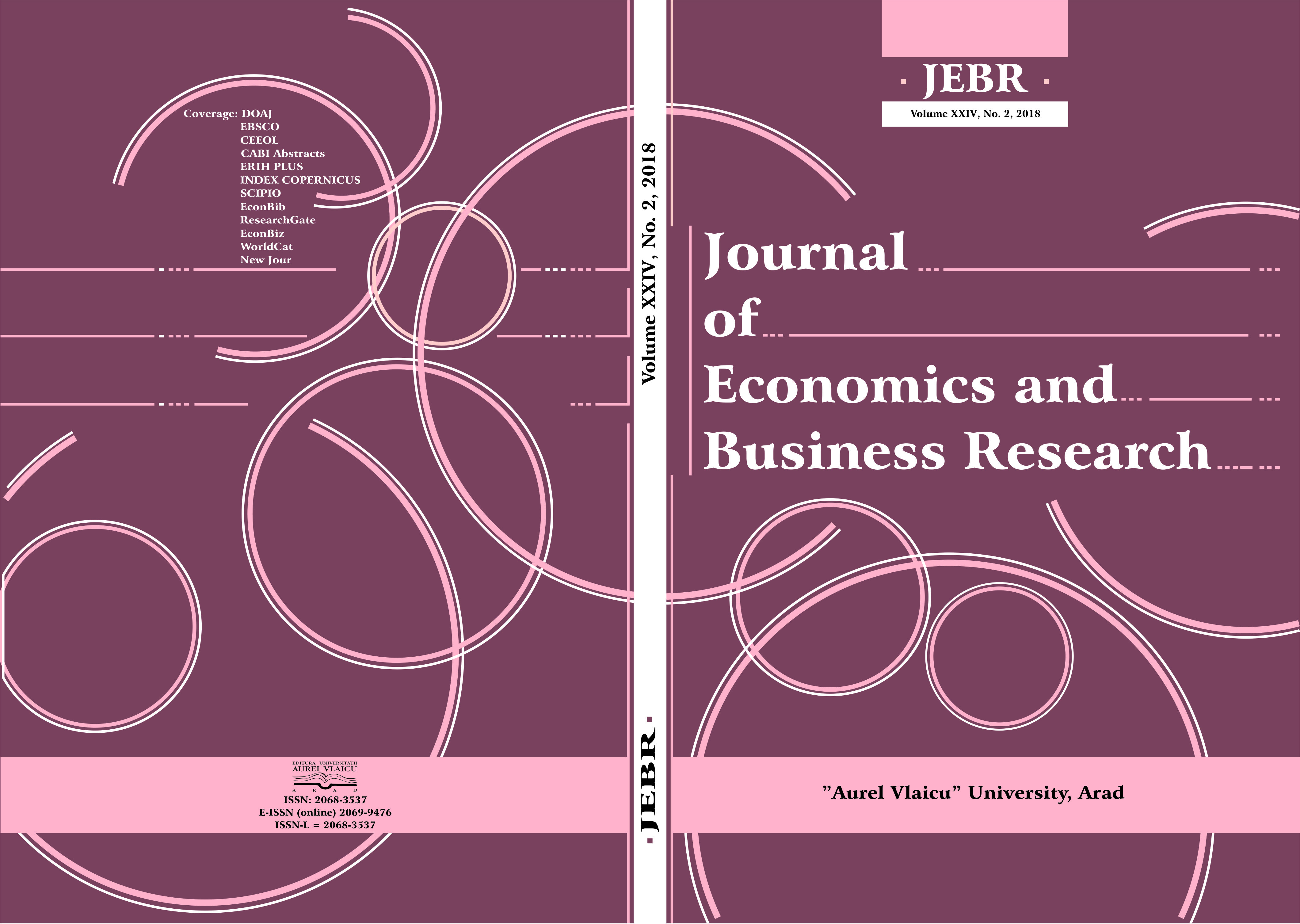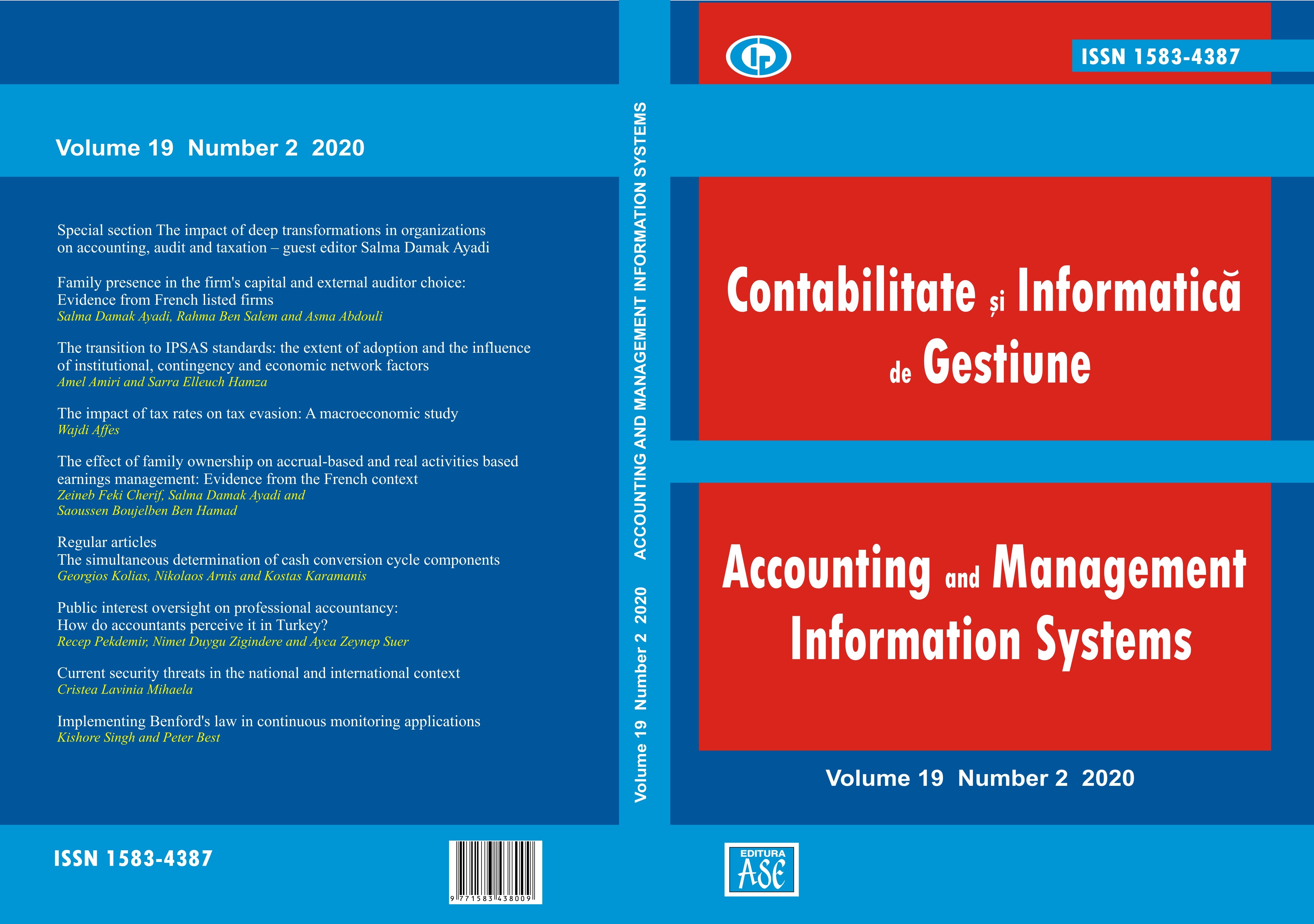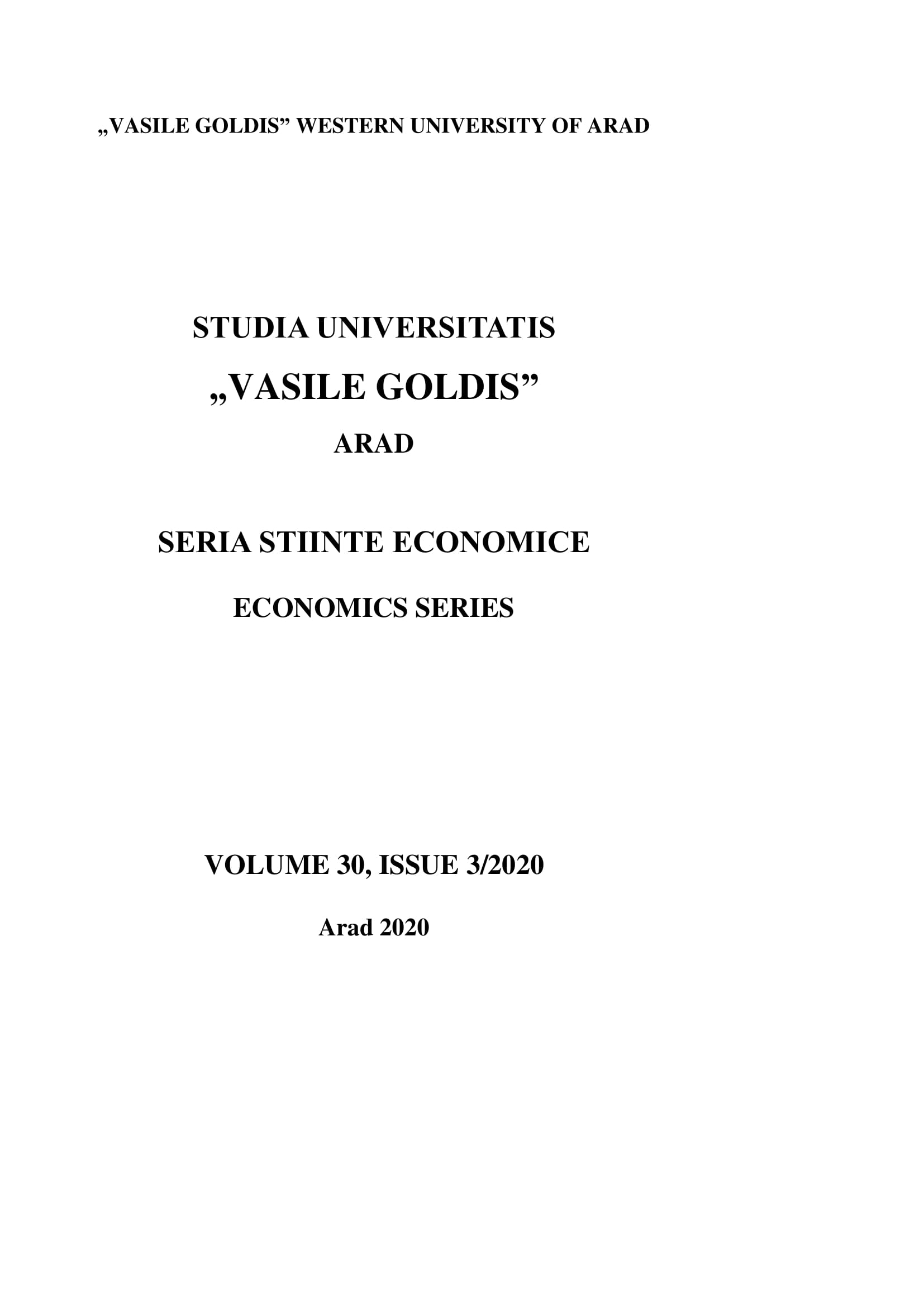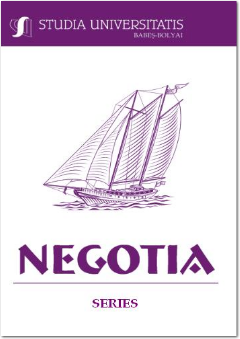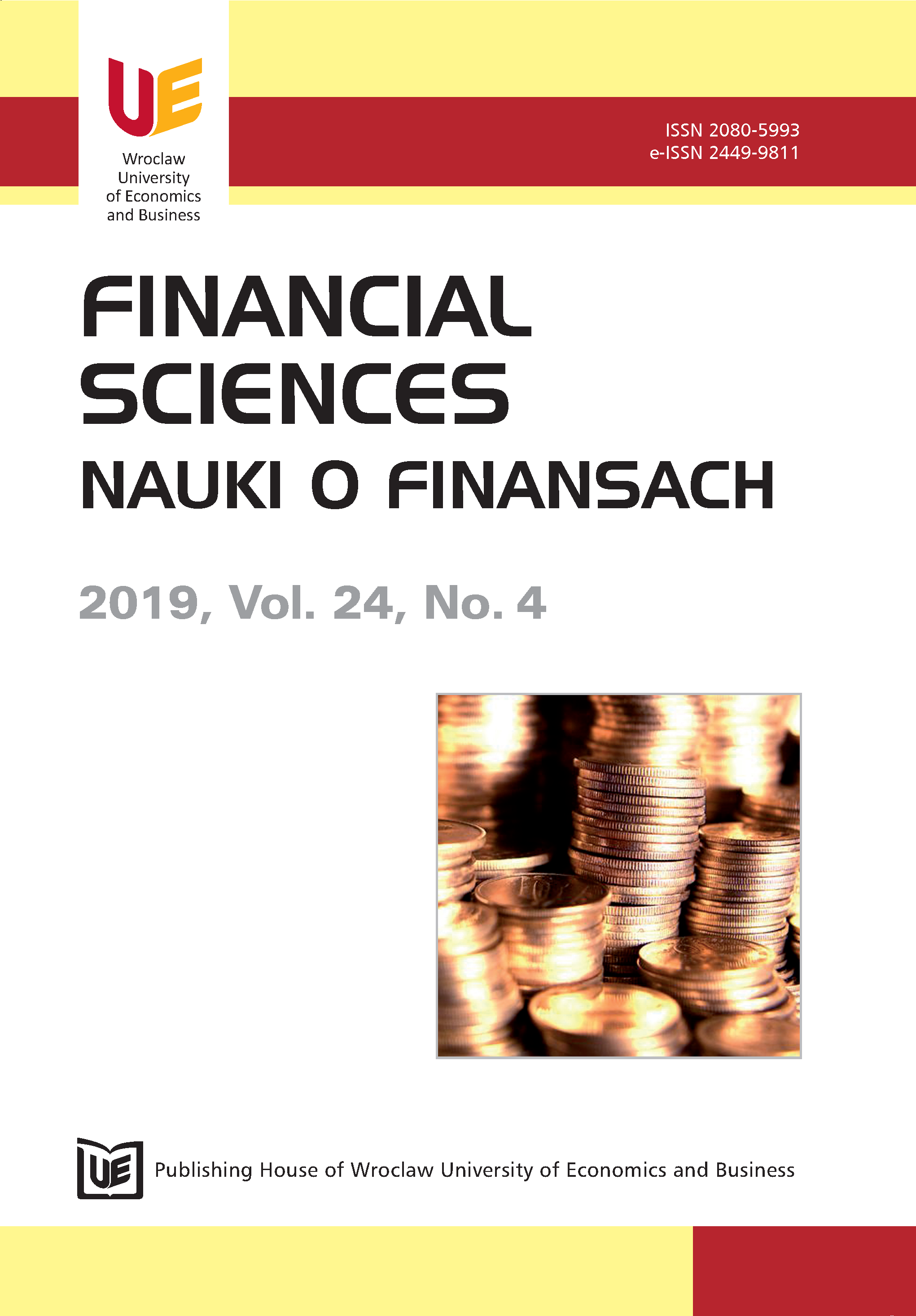Literature Review on Historical Development of Accounting
Accounting as a practice has existed since the earliest times of humanity. The first simple ian, Chaldeans, Assyrians and Sumerians in Mesopotamia. The time of theoretical accounting recognition is considered to be the year 1494, when Venetian mathematician Luca Pacioli published a book titled ―Summary of arithmetic, geometry, proportions and proportionality‖. In addition to mathematical knowledge, Pacioli also wrote about the dual registration method and the accounting process. Despite Paciolli‘s writing, there is still much discussion regarding the issue of dual accounting origin. In reviewing the literature, it is noteworthythat accountancy history is scarcely addressed; there are only a small number of books and works that cover the topic. Therefore, the purpose of this paper is to take a historical look at accounting development from ancient periods to the present. This study, based on historians‖ records and archaeologists like Denise Schmandt-Besserat, has successfully described the origins and development of accounting from 3350 BC until today. Accounting as a practice has existed since the earliest times of humanity. The first simple accounting records are found in the writings of Babylonian, Chaldeans, Assyrians and Sumerians in Mesopotamia. The time of theoretical accounting recognition is considered to be the year 1494, when Venetian mathematician Luca Pacioli published a book titled ―Summary of arithmetic, geometry,proportions and proportionality‖. In addition to mathematical knowledge, Pacioli also wrote about the dual registration method and the accounting process. Despite Paciolli‘s writing, there is still much discussion regarding the issue of dual accounting origin. In reviewing the literature, it is noteworthythat accountancy history is scarcely addressed; there are only a small number of books and works that cover the topic. Therefore, the purpose of this paper is to take a historical look at accounting development from ancient periods to the present. This study, based on historians‖ records and archaeologists like Denise Schmandt-Besserat, has successfully described the origins and development of accounting from 3350 BC until today.
More...
